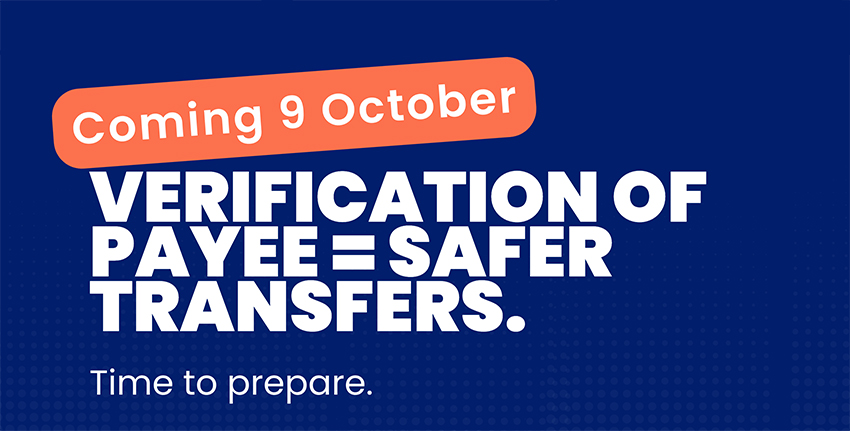

From 9 October 2025, Luxembourg banks will enhance the speed and security of euro transfers thanks to two major developments: the widespread adoption of instant payments, which will make funds available within seconds, 24 hours a day, 7 days a week; and the implementation of the Verification of Payee (VoP) system, which will reduce the risk of fraud and error. These advances, coordinated by the Association of Banks and Bankers in Luxembourg (ABBL), aim to protect customers and simplify their day-to-day payment transactions.
Pay, reimburse, receive: everything becomes instantaneous
Instant transfers offer considerable time savings and convenience for individual customers. In just a few seconds, the money is available in the beneficiary's account, 24 hours a day, 7 days a week. In practical terms, this means you can immediately reimburse a friend or family member after dinner at a restaurant, transfer money to a child studying abroad in case of an emergency, or pay a bill urgently to avoid late fees. Instant payment also facilitates second-hand purchases between individuals: when selling via a platform or between neighbours, the buyer can make the payment immediately, and the seller is guaranteed to receive the funds straight away.
Since 9 January 2025, payment service providers must be able to receive instant transfers in euros in all eurozone countries. And from 9 October 2025, they will also have to be able to issue them, including Verification of the Payee (IBAN/name). This service combines security, speed and convenience, fully adapting to everyday needs.
Enhanced security against fraud
Fraud involving transfers has risen sharply in recent years, affecting both individuals and businesses. To better protect consumers, the Verification of Payee will automatically check that the recipient's name matches their IBAN before executing a standard or instant transfer in euros within the SEPA zone.
With the implementation of this system, users will receive a message similar to the following for each transfer:
Match: the data matches — the transfer can be confirmed without modification.
Close Match: partial match — a name suggestion is provided.
No Match: the data does not match — an alert is displayed, prompting verification.
Verification not possible: the verification service could not be performed for a technical reason, for example — the transfer can be processed, but with caution.
No Match or Close Match cases can be caused by the use of trade names, abbreviations or acronyms. However, the user is free to validate the transfer, but assumes full responsibility in the event of an error.
It should also be noted that the Verification of Payee only applies to the creation of new standing orders and the modification of existing standing orders. Existing standing orders that have not been modified are not affected.
Adopt the right habits now!
To take full advantage of the Verification of Payee and reduce the risk of failure or error, the public is invited to follow several recommendations:
As a payer:
Ensure that the beneficiary name you enter matches the name on the beneficiary's bank account.
Use the name that appears on the account's bank details (RIB). If this is not available, use the name indicated next to the IBAN on the invoice or payment request. If in doubt, ask the beneficiary for the correct name to enter.
To make things easier, consider updating the names in your list of registered beneficiaries today.
As a beneficiary:
Provide your contacts with the exact name that corresponds to your bank account. Share your bank account details (RIB).
Ananda Kautz, Member of the ABBL Management Committee: ‘The implementation of the Verification of Payee is based on a simple principle: payment security is everyone's business. As a payer or beneficiary, everyone has an active role to play in ensuring the integrity of transactions and strengthening confidence in electronic transfers.’
A European and industry-wide commitment
‘The Verification of Payee system requested by the European Commission is intended to improve the reliability of transfers and actively help prevent fraud through identity theft and input errors,’ continues Ananda Kautz.
Implementing the Verification of Payee posed a significant technological challenge for ABBL members, as they had to fundamentally adapt their payment systems to enable real-time, large-scale verification. This commitment was accompanied by significant investments in infrastructure, interoperability and data security, and underscores the banking sector's commitment to strengthening confidence in electronic payments while maintaining high execution speeds.
For more information or assistance with implementing the VoP, ABBL member teams are available to help customers.
The ABBL has also created a dedicated page where businesses and institutions can find more details


